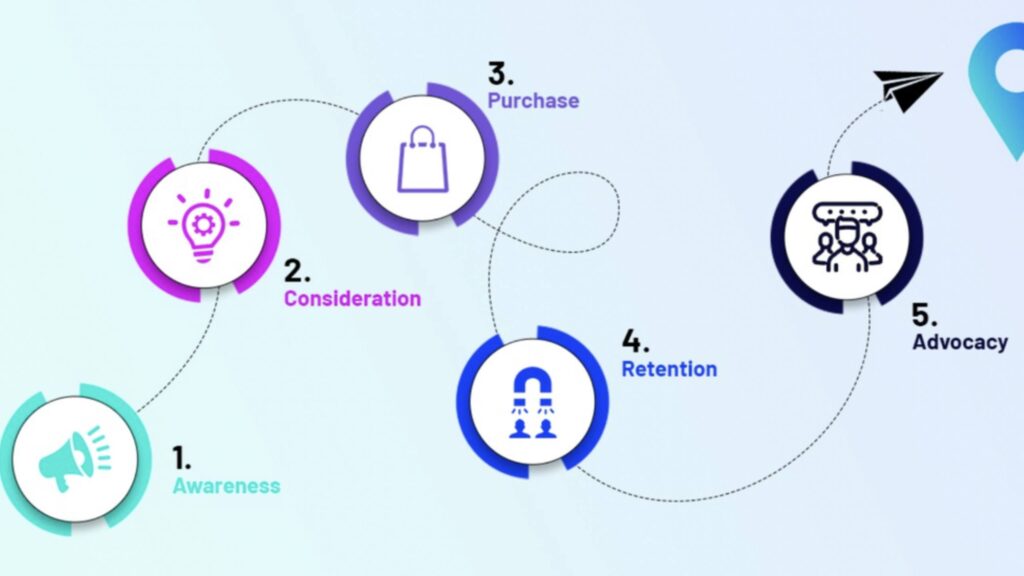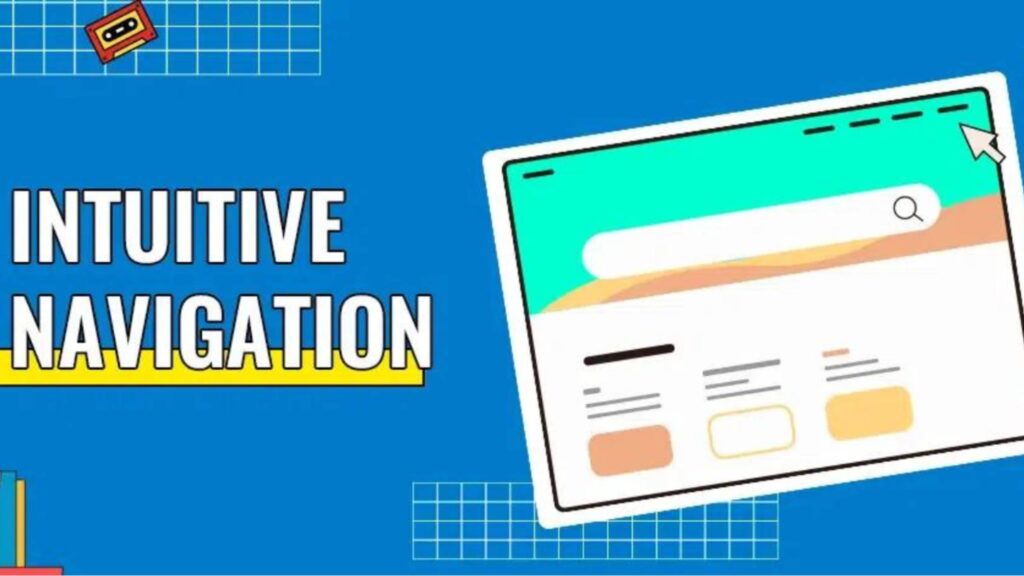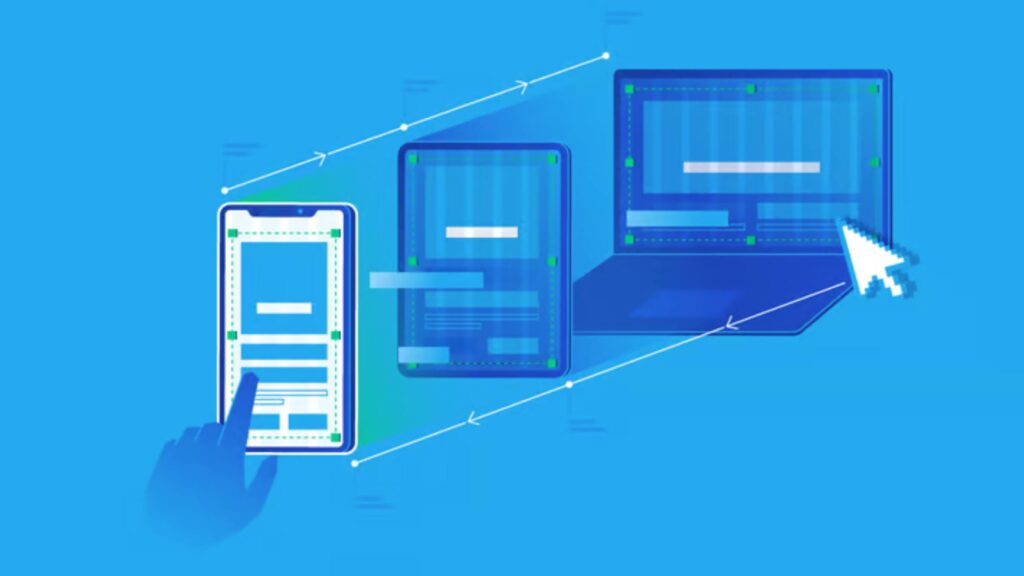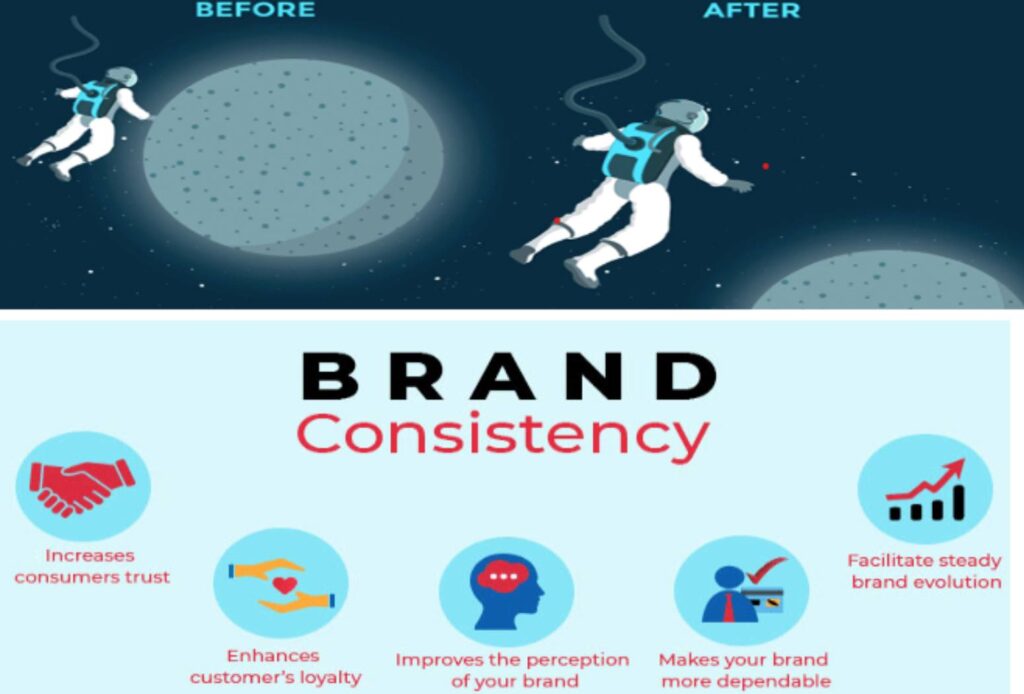Introduction

Creating a seamless user journey doesn’t have to be complicated, but it does require attention to detail and an understanding of your audience’s needs. In this guide, we’ll walk you through essential web design strategies to enhance user experience and keep your customers engaged throughout their visit. By focusing on how to create a seamless user journey, you can improve your overall website effectiveness.
Creating a Seamless User Journey have you ever visited a website only to leave frustrated because you couldn’t find the information you needed? Poor web design can lead to confusion, high bounce rates, and lost customers. In today’s competitive digital landscape, delivering a seamless user journey is more critical than ever. But how can you ensure your website provides a smooth experience from the moment a visitor arrives until they complete their desired action?
Effective web design plays a crucial role in guiding users through their journey, ensuring that they can navigate your site with ease and interact with your content effortlessly. From intuitive navigation to optimizing page load times, these design elements can make or break the user experience. If you’re struggling to retain visitors or seeing high bounce rates, it may be time to reevaluate your site’s web design.
1. Intuitive Navigation

If visitors can’t easily find what they’re looking for, they’ll quickly abandon your site. Effective navigation starts with clear labeling, a logical structure, and ensuring all key pages are no more than a few clicks away from the homepage.
For instance, a simple, uncluttered menu at the top of your website allows users to locate information efficiently. Drop-down menus or sidebars can help organize complex information, but overloading them with too many options can lead to decision paralysis. Make sure you regularly test your navigation system to ensure it aligns with the user’s needs and encourages them to stay on your site longer.
Incorporating breadcrumbs as a secondary navigation aid can further enhance the user experience by showing users their exact location within your site’s hierarchy. This helps them backtrack easily, reducing the likelihood of frustration. To optimize your website’s navigation and user journey, feel free to contact us at Ekhlas Designs.
2. Responsive Design for Mobile Users

With more than half of web traffic coming from mobile devices, having a mobile-friendly website is no longer optional—it’s a necessity. Responsive design ensures that your website adapts to various screen sizes, delivering a seamless experience whether users are browsing on desktops, tablets, or smartphones.
A poor mobile experience can alienate a significant portion of your audience. Imagine a user landing on your site from their smartphone, only to encounter tiny text, distorted images, and hard-to-click buttons. They’ll likely leave, costing you potential conversions. Responsive web design makes sure your content is displayed correctly, regardless of the device.
Furthermore, responsive design also impacts SEO, as Google prioritizes mobile-friendly websites in its rankings. This means that a seamless mobile experience not only benefits your users but also helps you rank higher in search results. Need help optimizing your website for mobile? Contact us at Ekhlas Designs for expert advice.
3. Fast Page Load Times

In the digital age, speed is everything. If your website takes more than a few seconds to load, users will likely lose patience and leave. Page speed directly influences user experience and search engine rankings.
Optimizing your website’s performance involves compressing images, minimizing code, and leveraging browser caching to ensure quick load times. Another effective strategy is using a content delivery network CDN, which distributes your site’s content across multiple servers globally, ensuring fast access for all users, no matter where they are.
When your pages load quickly, users are more likely to stay engaged, explore more of your site, and convert. A slow website can undermine even the most beautifully designed user journey. For help improving your site’s load times and overall performance, contact us at Ekhlas Designs.
4. Consistent Branding and Visual Hierarchy

A seamless user journey is also about consistency. Your website’s design elements—fonts, colors, imagery—should align with your brand identity and be used consistently across all pages. Consistency helps build trust and recognition, guiding users smoothly through the website without distractions.
Visual hierarchy, on the other hand, refers to organizing and prioritizing content in a way that naturally draws the user’s attention to key elements. Larger, bolder fonts can highlight headings, while buttons and calls-to-action CTAs should be clearly visible and inviting. A well-executed visual hierarchy ensures that users know where to look and what to do next, reducing friction in their journey.
Ensure that your branding elements are not only visually appealing but also functional. If you’re looking for professional web design that enhances both your brand and user experience, contact us at Ekhlas Designs.
5. Clear Calls to Action CTAs

An effective user journey always leads to a clear call to action. Whether it’s making a purchase, signing up for a newsletter, or filling out a contact form, your CTAs should be impossible to miss. Poorly placed or vague CTAs can result in missed opportunities for conversions.
To improve your CTAs, make sure they stand out visually—using contrasting colors, large buttons, or eye-catching animations can help. Additionally, be specific with your wording. Instead of “Submit,” try “Get Your Free Guide” or “Start My Free Trial.” This adds clarity and encourages users to take action.
The position of your CTAs is also crucial. While it’s tempting to place them everywhere, strategic placement—above the fold, at the end of blog posts, or alongside key information—can enhance effectiveness without overwhelming users. Need guidance on crafting high-converting CTAs? Contact us at Ekhlas Designs.
Conclusion
Creating a seamless user journey requires thoughtful web design that prioritizes the needs of your users. By focusing on intuitive navigation, responsive design, fast load times, consistent branding, and clear CTAs, you can improve user experience and drive better business outcomes. If you need professional assistance to elevate your website’s design and create a seamless user journey, contact us at Ekhlas Designs. We’re here to help you create a user-friendly website that enhances every visitor’s experience.

